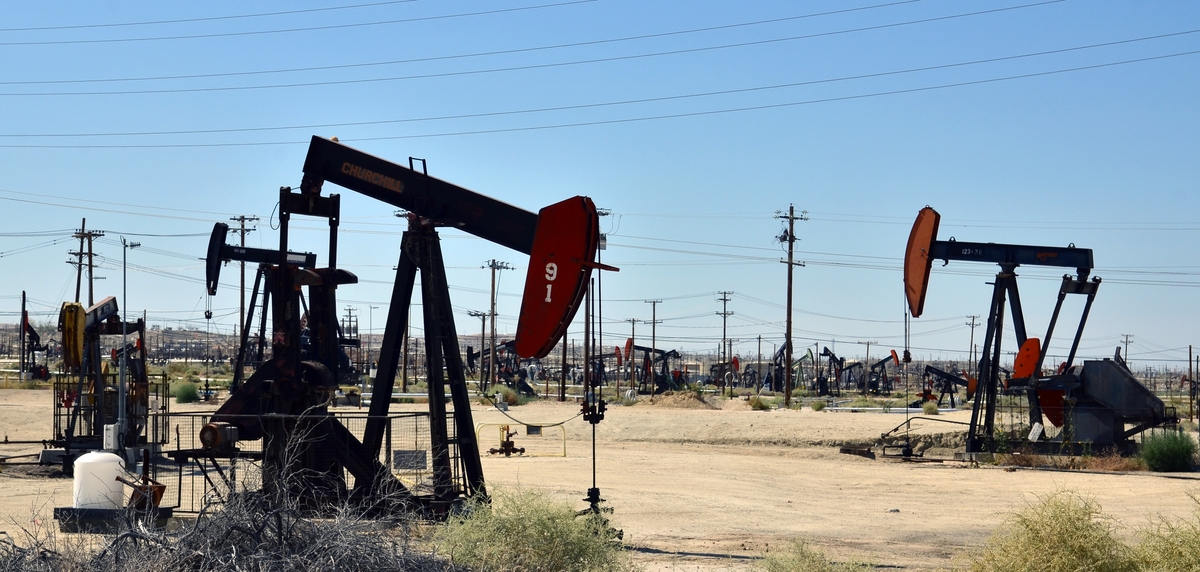
The oil and gas program in California is one of the more active in all of the western states, with 2013 onshore oil production figures ranking the State as the 3rd most productive state in the United States. In 2012, California was ranked as the 13th most productive natural gas-producing state. BLM California is responsible for managing one of the most productive individual onshore leases in the lower 48 states, and four of the nation’s top seven producing oil fields are located in Kern County. As a general rule, California’s Federal production totals average approximately 8%-10% of California’s total oil and natural gas production. Original public domain image from Flickr
On October 7, California took a bold step in combatting climate change. Governor Gavin Newsom signed two pioneering bills, SB-253 and SB-261, that not only bolster greenhouse gas (GHG) emissions reporting but also mandate prominent companies to unveil their climate-related financial risks. What makes this move especially notable is its scope; even exceeding the requirements set by the U.S. Securities and Exchange Commission in 2022.
What Does SB-253 Entail?
Companies with annual revenues surpassing $1 billion in California will now be obligated to disclose their GHG emissions each year. By 2026, both direct and indirect emissions fall under this mandate. And come 2027, the requirements will be even more stringent. However, there’s a bit of leniency; companies that report scope 3 emissions, which are notoriously challenging to quantify, will face milder penalties provided they report in a genuine effort. The stakes are high; failure to comply can result in fines of up to $500,000 per year. However, to keep things in perspective, $500,000 is a mere 0.0083% of Chevron’s net income of $6.01B.
The Significance of SB-261
Marking a debut at the state level, SB-261 makes it compulsory for businesses with yearly earnings exceeding $500 million to publicly disclose their climate-related financial threats and preventive measures. This requirement kicks off on January 1, 2026, with non-compliance potentially costing companies up to $50,000 annually.
Who’s in Charge?
The responsibility of implementing these groundbreaking laws rests with the California Air Resources Board (CARB). They’re set to engage in rule-making processes in 2024 and will actively seek input from concerned stakeholders. Yet, the path might not be smooth; legal challenges are anticipated, suggesting that the future of these laws may be determined in court.
The Implications for Big Players
Corporate giants in California, such as Chevron and Apple, now find themselves under the spotlight. They need to account for broader emission sources, which include aspects like supply chains and product usage. And with these rigorous Californian regulations, the state is setting a precedent, outpacing both federal and state norms. Furthermore, global powerhouses like Apple and Microsoft are gearing up for these disclosures. While California stands strong with its firm economic position, its guidelines prove more demanding than those at the U.S. federal level.
The Bigger Picture
While reporting scope 3 emissions might be complex, it underscores vital areas of transformation. When companies consistently and transparently disclose their emissions, it can catalyze real climate action. As a testament to this, the U.K.’s emission disclosure rule led to a noteworthy 8% reduction in corporate emissions.
